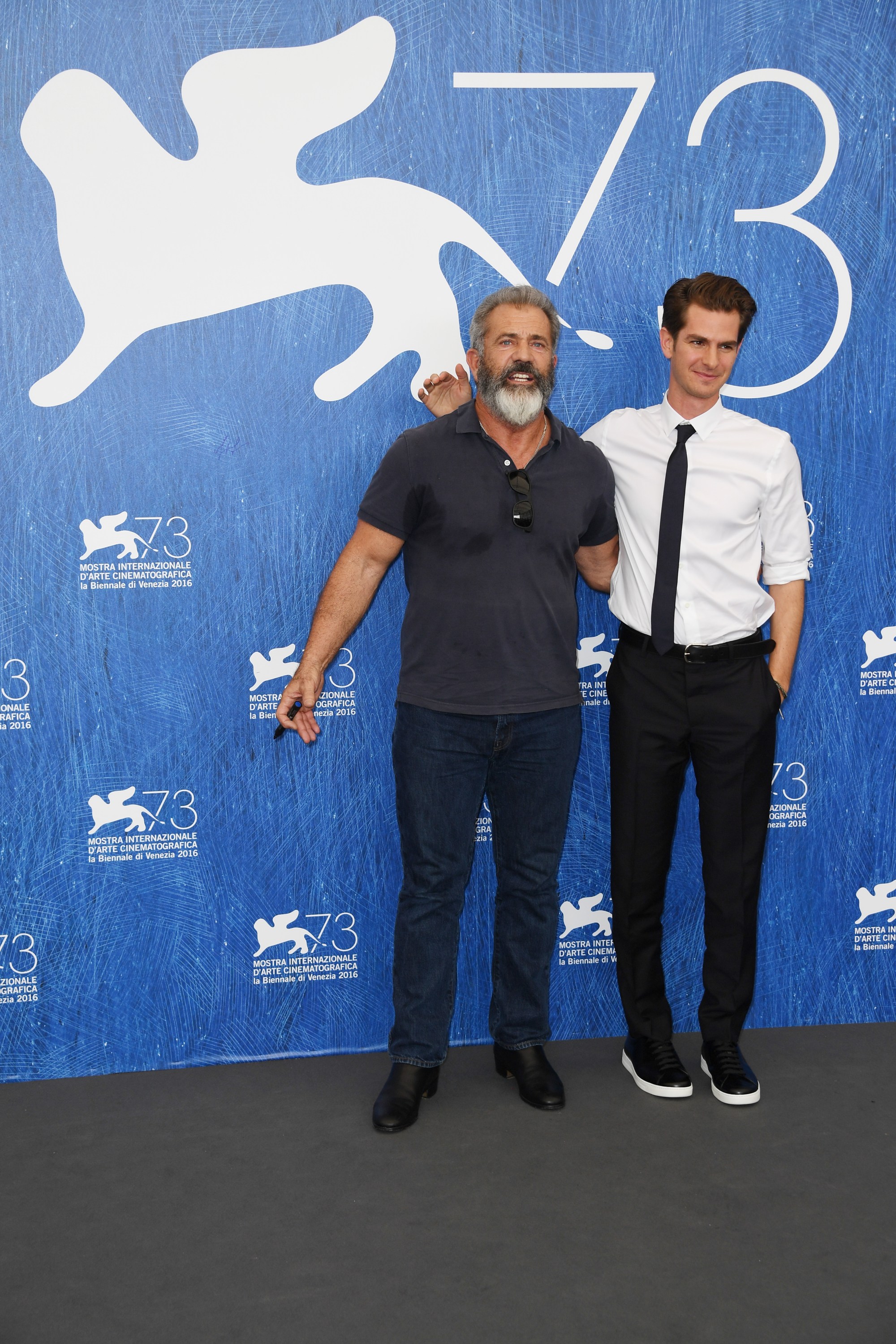
- Festivals
Seen in Venice: Hacksaw Ridge
With a ten minute standing ovation after the first screening of his Hacksaw Ridge, Mel Gibson could hardly have hoped for a more auspicious return to filmmaking. The Word War II epic marks his fifth feature as a director and the first since Apocalypto ten years ago. The intervening decade has not been an easy one for the Australian-American star, marked as it was by controversy which had little to do with his talent as a film maker.
Hacksaw Ridge – the title comes from the gallows nickname given by US Marines to a plateau in Okinawa which earned its grim moniker due to the casualties suffered by the US force which in 1945 were decimated by the dug in Japanese defenders in one of the war’s last and deadliest battles. This hellish theater is where the hero of the film, Desmond Doss (Andrew Garfield), finds himself with his platoon of fresh recruits facing unimaginable butchery of the Pacific campaign against Imperial Japanese troops who turn back wave after wave of attackers from the bunkers and underground tunnels dug in the island.
The director of Braveheart (and star of Gallipoli) does not need to prove he knows how to direct battle – and the war scenes here approach the intensity of Spielberg’s Private Ryan’s. But the significance of Hacksaw is rooted in its backstory: the true story of Doss, the Virginia farmer whom we first meet as a boy as he roughhouses with his brother and suffers through his father’s violent outbursts. These are directed towards Doss’s mother but they are rooted in what today we would call PTSD suffered by Doss senior (Hugo Weaving) in the WW I battles of Northern France. There he was decorated but also lost several of his closest friends, developing a brooding misanthropy and a seething bitterness.
Young Desmond internalizes the conflict and its fallout on the deeply religious family as a vocation for pacifism. A 7th Day Adventist, he enlists, like most of his peers at the outbreak of the second World War against the strenuous objections of his parents. But declares himself a conscientious objector: he will serve the army as a medic but insists he will not so much as touch a weapon. While “others take lives w he will save lives”. That attitude first earns him incredulity from his superiors, then their open hostility, along with that of his brothers in arms.
The army first tries to haze him out of the ranks and then (unsuccessfully) court martials him. Once in the Pacific Doss will prove his bravery and devotion to his brothers in arms to a degree that has his comrades – and the audience – in awe. Gibson has crafted a classic war tale in the mold of Sam Fuller and John Ford –who learned the craft on the actual battlefields of WW2. He also has a similar feel for steering the emotional and moral dynamics of his band of brothers making his film a true throwback to classic film making. Nor is this purely celebratory hagiography; Gibson is interested in the strength od passionately held convictions and their tenuous border with obsession, themes one gets the feeling that are close to his heart and to his film making art. The rapturous Venice applause and the near universal critical praise here is a testament to a well deserved success.
.